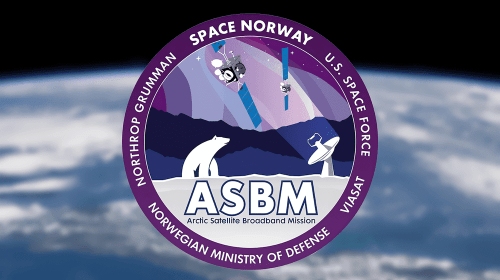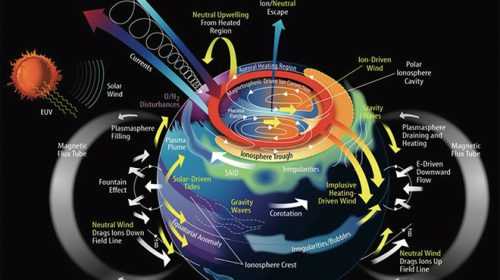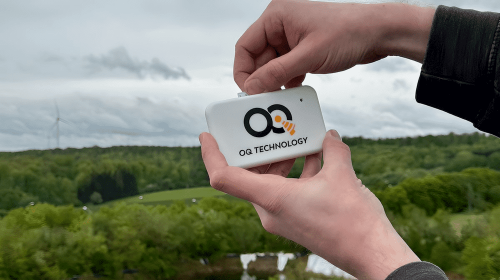From Code Name to Commercial Reality
Nov 15, 2025
Amazon has unveiled a significant rebranding of its satellite broadband venture, moving away from the seven-year legacy code name “Project Kuiper” to establish its new commercial brand: Amazon Leo. Industry analysts view this rebrand as confirmation of the project’s advancement and preparation for initial service launches following extensive development, validation, and preliminary orbital deployments.
 Amazon Leo’s Brand Logo. Credit: Amazon
Amazon Leo’s Brand Logo. Credit: Amazon
Vice President Rajeev Badyal clarified that Project Kuiper functioned as a temporary identifier during the early development phase. The fresh branding, a nod to low Earth orbit, emphasizes the constellation’s underlying technical framework. Badyal outlined Amazon’s timeline for introducing services to priority enterprise clients during the final months of 2025, with expansion to general consumers scheduled for 2026.
There are 153 active satellites in the network and a long term development of over 3,000 spacecraft is planned. Amazon increased the pace of launches during 2025, accomplishing six missions, three offered by United Launch Alliance and three offered by SpaceX. The most recent launch on October 14 helped create global coverage and total network capacity. The company has made a huge investment in manufacturing and infrastructure to maintain mass deployment. Amazon operates a high-volume satellite-production plant at Kirkland, Washington and it is assisted by a component production plant on its campus in Redmond. The company has also established a 100,000-square-foot payload-processing facility at the Kennedy Space Center to the tune of $140 million to get ready to launch satellites.
Amazon Leo revealed a tiered terminal portfolio addressing diverse market needs and applications. The entry-level Leo Nano features compact dimensions of 7 by 7 inches with a 2.2-pound footprint, delivering download throughput reaching 100 Mbps. The mid-range Leo Pro occupies 11 by 11 inches, registers 5.3 pounds, and achieves speeds up to 400 Mbps capacity. The premium Leo Ultra spans 20 by 30 inches, weighs 43 pounds, and provides connection rates approaching 1 Gbps performance. Terminal pricing structures and service packages remain under wraps. Amazon Leo’s commercial approach prioritizes seamless compatibility with Amazon Web Services infrastructure, enabling direct client access to AWS platforms via satellite links. Market segments include individual consumers, corporate enterprises, and state or federal authorities. Notable industry participants have already committed involvement, with JetBlue spearheading airline adoption for enhanced cabin internet reliability. Collaborating organizations encompass L3Harris, DIRECTV’s Latin American division, Sky Brasil operations, Australia’s NBN Co. organization, and Connected Farms agricultural technology company.
CEO Andy Jassy recalled that many early Amazon products had code names and described the renaming of Project Kuiper to Amazon Leo as a natural step toward commercialization. As a large portion of the world’s population continues to lack consistent access to high‐speed internet infrastructure, the company sees the constellation as an asset that can bridge connectivity gaps and provide digital services at scale. Amazon, which has already begun expanding the constellation and is ready to offer some services to enterprise users, plans for Amazon Leo to become a major new competitor in the satellite broadband industry that can support cloud-related operations, mobile services, and connectivity in the world’s least served areas.





